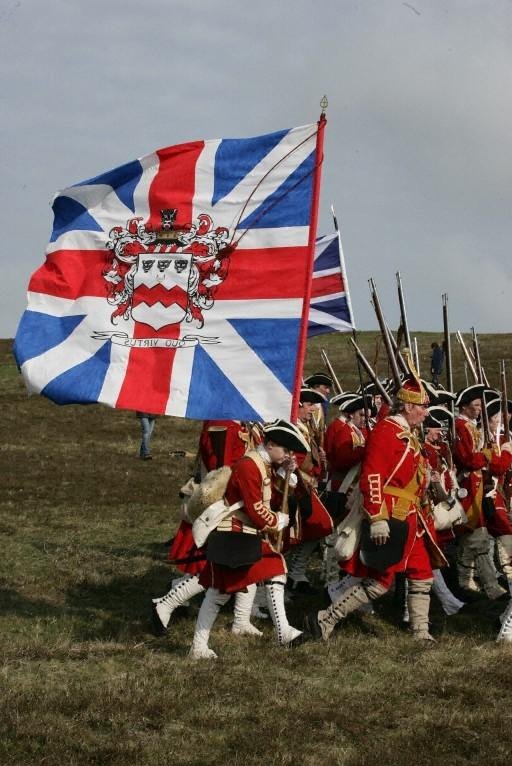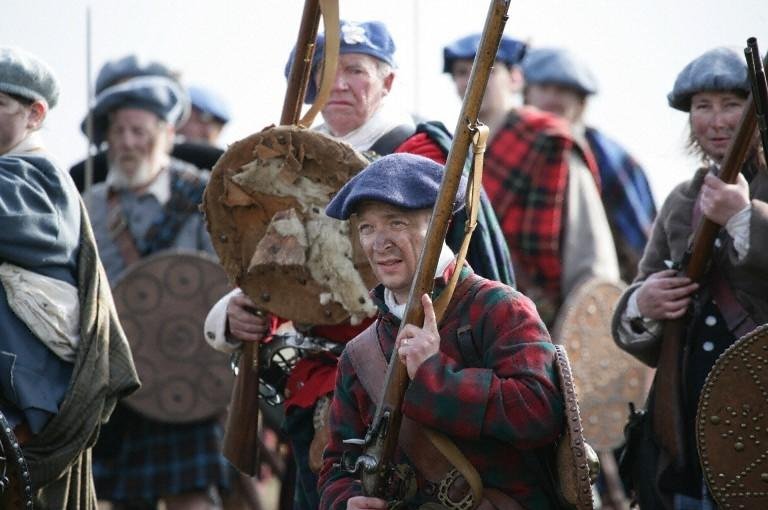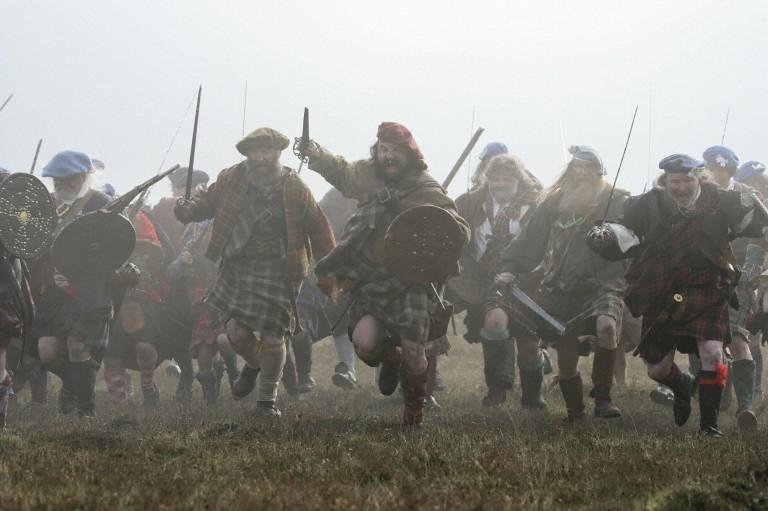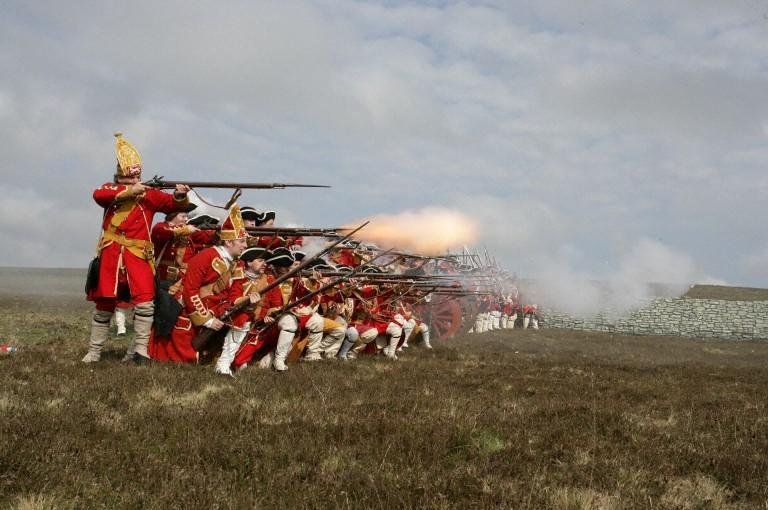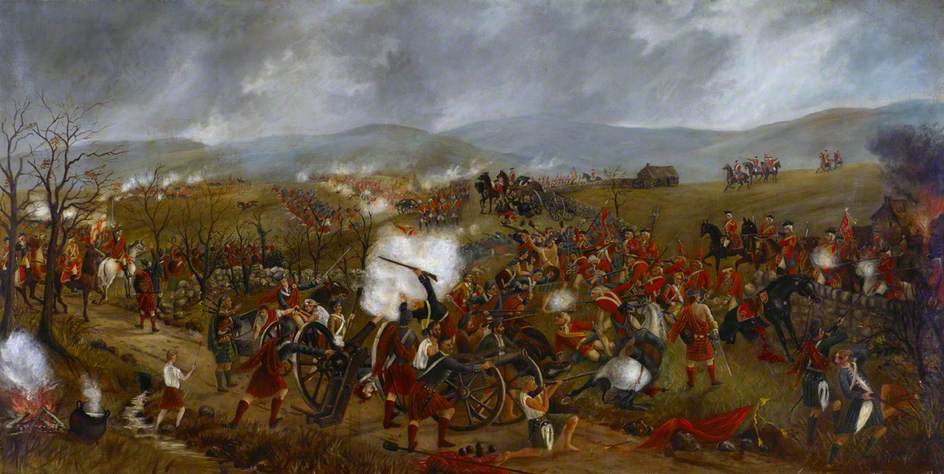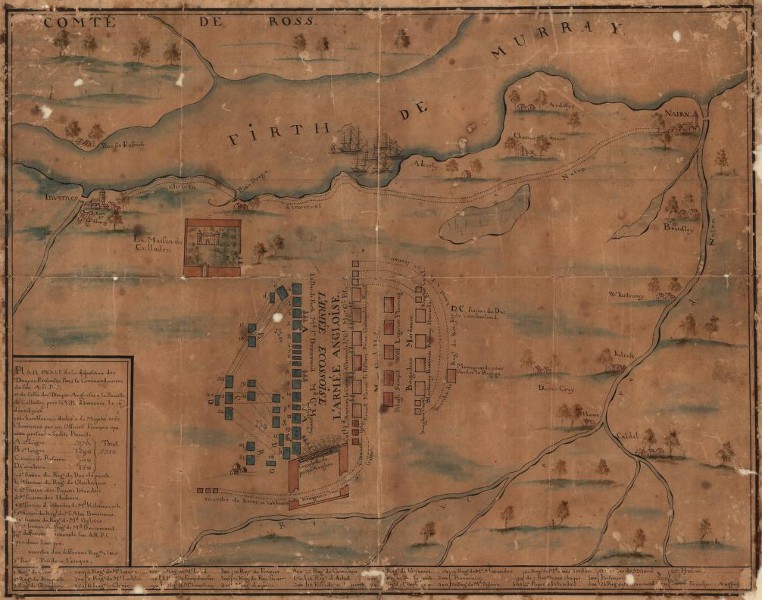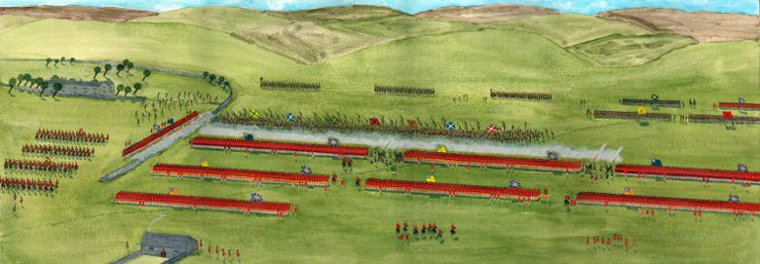
The battle at Culloden was fought on the 16th April 1746 and was the last major battle to be fought on British soil. It is commonly believed to have been a battle between the Scottish and the English, but in reality Scottish and English fought on both sides. BackgroundKing James the VII of Scotland and II of England, a Stuart King, fled Britain for France in 1688. The Scottish and English Parliaments asked William of Orange to rule Britain. He accepted which led to the Hanover family ruling Britain. James VII's son tried to win the throne back and failed and his son Charles Edward Stuart or Bonnie Prince Charlie was determined that he would succeed where his father had failed. Living in France he stirred up French support and headed back to Scotland to rally the Stuart supporters. These supporters gave themselves a collective name "Jacobites" from the Latin for James, Jacobus. While the Stuarts were in France, the Scottish and English parliaments had joined. They ruled Britain closely with the King, George II, and were opposed to the Stuarts regaining the throne. Bonnie Prince Charlie found many supporters both in the Highlands and among English Catholics but their numbers did not amount to the huge army Charlie needed. The Jacobites fought several battles but Culloden proved to be the last. The Night BeforeThe Duke of Cumberland commanded the Government troops. They arrived in Nairn on April 15th, the Dukes 25th Birthday, and to celebrate the men were all given brandy. The Jacobites decided to use an old trick and sneak up on the Government forces at night and attack. They would have a huge advantage over the sleepy, hung-over and very surprised Government men. This should have proved to be a winning move, but moving large amounts of men across dark, marshy moorland caused problematic. Dawn was rising before the Jacobites had reached their enemies and as the element of surprise would be lost in daylight, they turned back. On arrival back at Culloden the men were exhausted and hungry, but rest was not an option as enemy forces were already approaching. The BattleThe Jacobite army, led by Bonnie Prince Charlie was around 7000 strong and outnumbered by the Government troops whose numbers were around 8000. The Jacobites already had large disadvantages, not only were they exhausted and hungry but they lacked training and their weapons were surpassed by the Governments artillery. The battleground itself was also disadvantageous, the ground being marshy and uneven with thick grasses growing underfoot. The armies faced each other and the Jacobites slowly advanced, waiting to be given the order to break into the infamous "Highland Charge". Some of the Government troops separated and headed for the Jacobites' right flank. While a small part of the Jacobite army broke off to protect its right flank the rest continued their advance towards the enemy. This strategy relied on the Jacobites advancing in line formation but the uneven ground meant the flanks to the far right moved faster than the rest and lines were broken up. The order for the Highland Charge to begin was given far too late, the right flankers being almost on top of the government when the order was given. The Jacobites didn't stand a chance. Government troops simply fired into the Jacobites, many were dead before they charged. Many Jacobites fled the battlefield and those who stayed to fight were easily killed. Around 1500 Jacobites were killed that day. The Jacobites themselves only killed 50 of the Government's men. The entire battle lasted less than an hour. 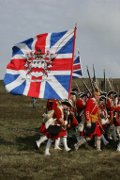
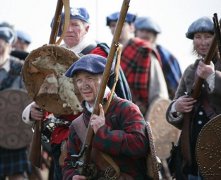
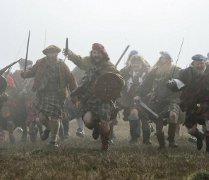
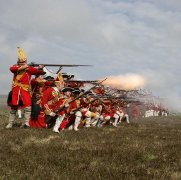
After the BattleBonnie Prince Charlie felt thoroughly defeated after Culloden. His supporters were willing to fight for him again and gathered to plan their next move but the Prince ordered them to disperse. He went into hiding and fled for France. The Government wanted to punish anyone who had supported the Stuart claim to the throne. As so many of the Jacobites were made up of the Highland Clans they destroyed many of the Highlander ways of life. Clan chiefs were stripped of their power, weapons were taken from their owners and the kilt and tartan were banned. |
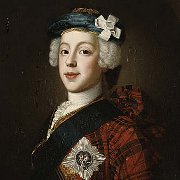 Bonnie Prince Charlie
Close
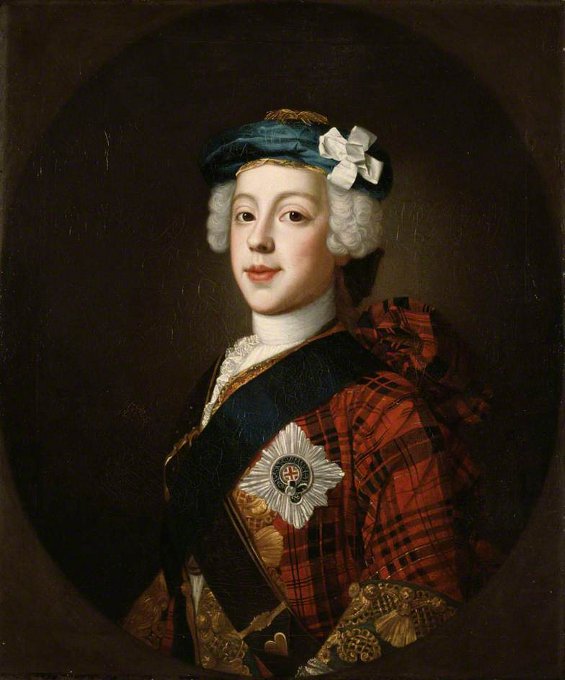 Prince Charles Edward Stuart. By William Mosman (c.1750). © PG 1510 National Galleries of Scotland 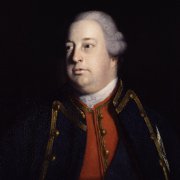 Duke of Cumberland
Close
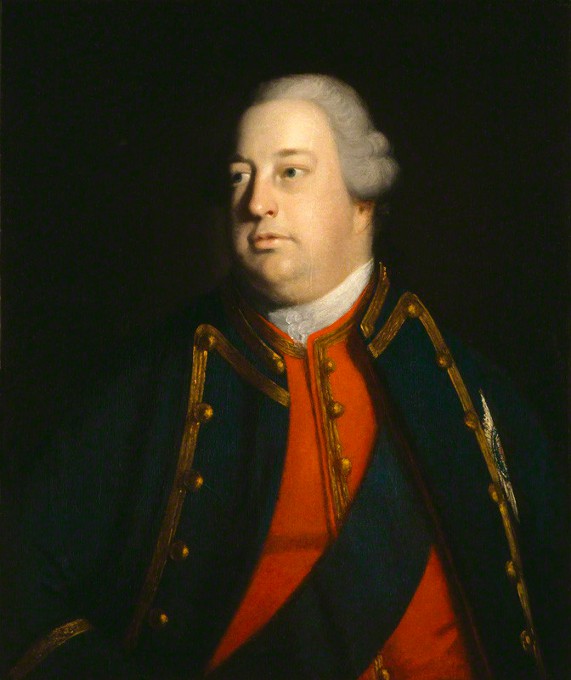 William Augustus, Duke of Cumberland, studio of Sir Joshua Reynolds (c.1758-1760) NPG 625 © National Portrait Gallery, London PAINTINGS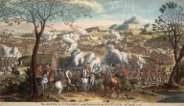
Close
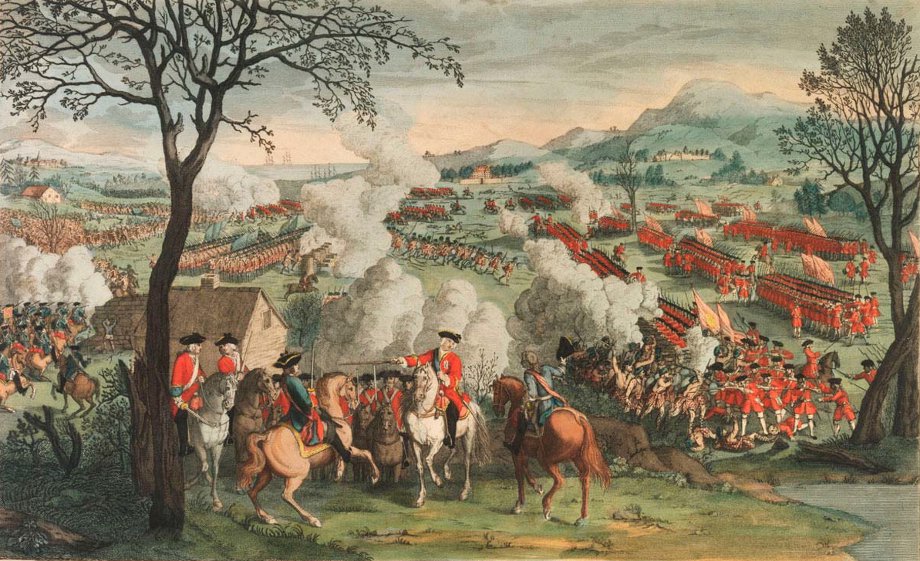
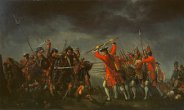
Close
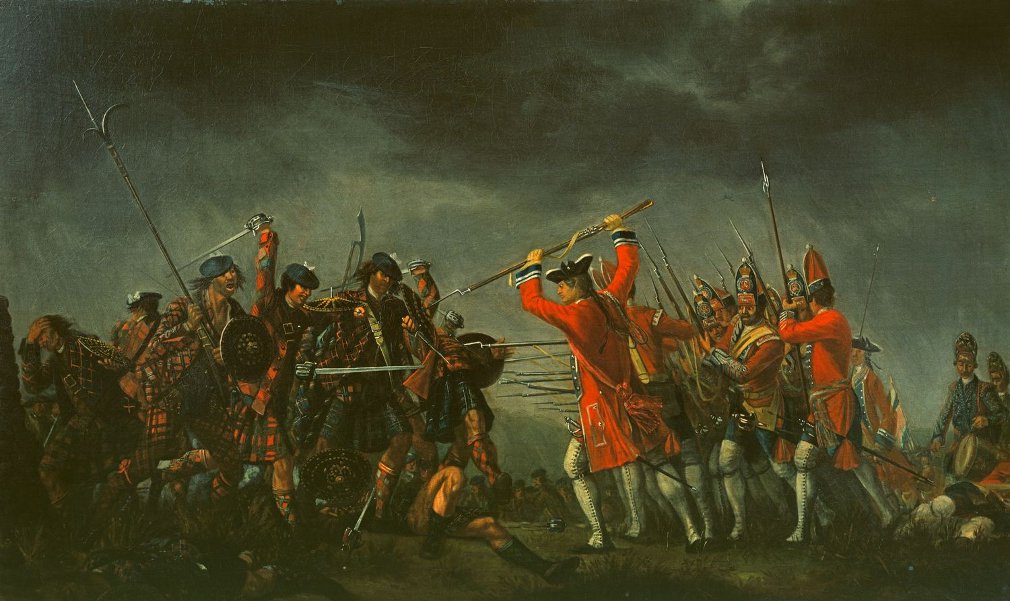

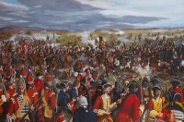
Close

AUDIOListen to sounds from the battle BATTLEFIELD MAPS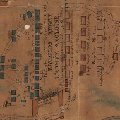 c.1748 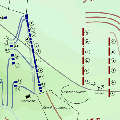 Modern
Close 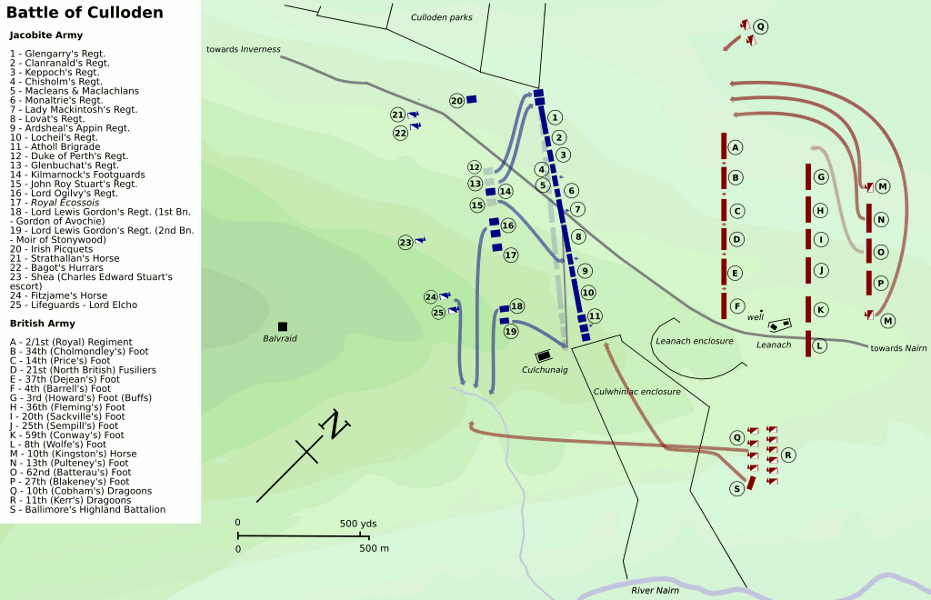 Jacobite front line skews and stretches, Government forces compensate; others break into and through Culwhiniac enclosure. More maps... |
||||||
VIDEOS
|
|||||||
